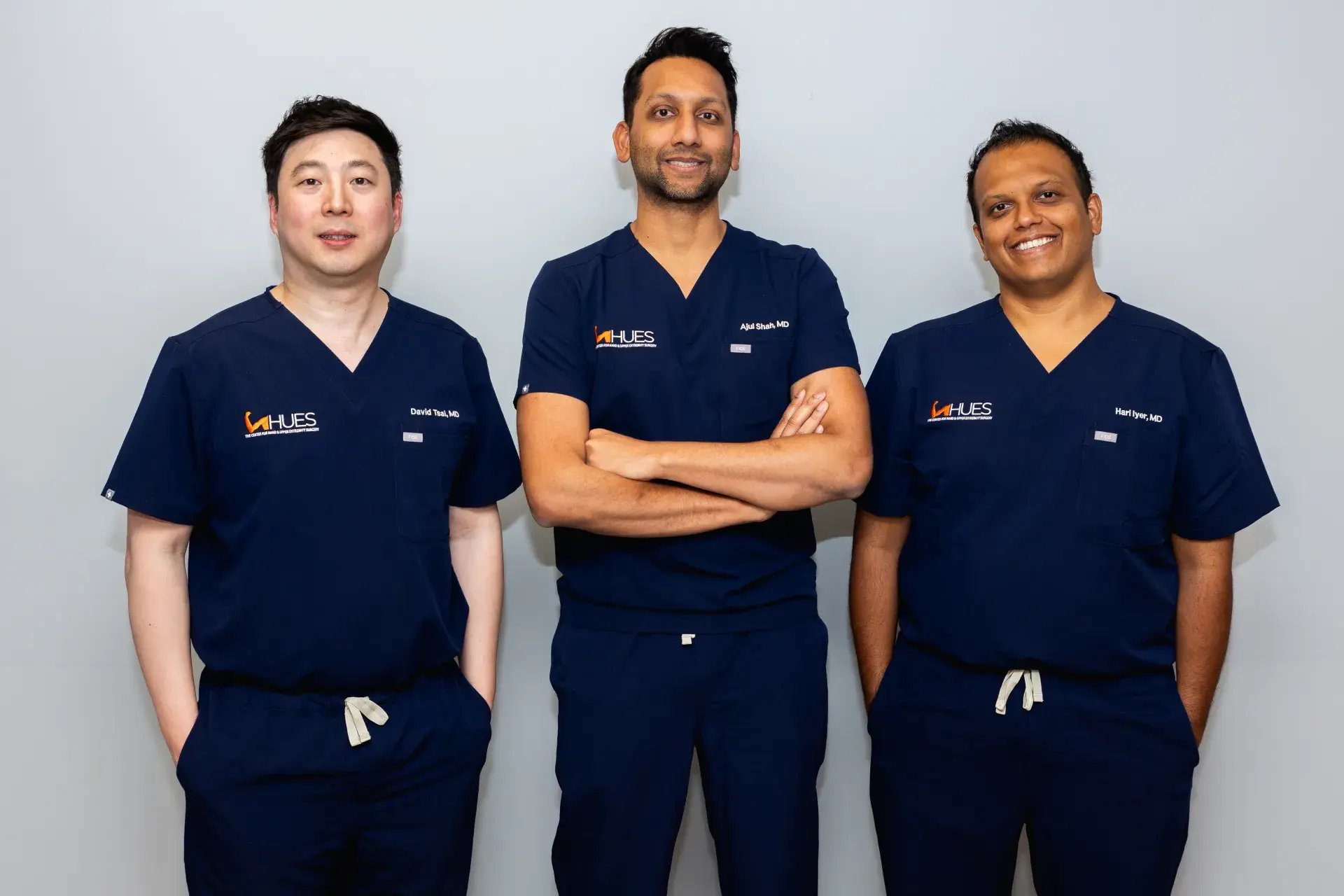When a bone breaks, our bodies usually work diligently to heal it. However, in some cases, fractures may struggle to heal properly, leading to non-union. This can happen for various reasons, such as inadequate blood supply, poor bone alignment, or certain medical conditions. Non-healing fractures may cause prolonged pain and difficulty in using the affected limb.
Non-Healing Fractures and Non-Union Bones
Treatments
When fractures experience delayed union or nonunion, meaning the bones do not heal as expected, various treatment options are available to stimulate the healing process. The approach to treatment depends on factors such as the type of fracture, its location, and the individual's overall health. Both non-surgical and surgical interventions aim to provide stability, encourage bone growth, and address underlying issues hindering healing.
Non-Surgical Treatments
Electrical Stimulation
Electrical stimulation techniques, such as pulsed electromagnetic field therapy, may be employed to promote bone healing by encouraging cellular activity at the fracture site.
Bone Growth Stimulators
These devices, which can be external or implanted, provide a low-level electrical or ultrasound signal to enhance bone healing. They are often used in cases where the natural healing process is delayed.
Surgical Treatments
Open Reduction and Internal Fixation (ORIF)
ORIF involves surgically realigning the fractured bones and securing them in place with internal fixation devices such as screws, plates, or rods. This provides stability and facilitates proper healing.
Bone Grafting
Bone grafts involve transplanting healthy bone tissue to the site of the nonunion. This provides a scaffold for new bone growth and can stimulate the healing process.
Limb Lengthening Procedures
In some cases, where there is significant bone loss or deformity, limb lengthening procedures may be considered. This involves gradually separating bone segments to stimulate new bone formation.
Ilizarov Technique
The Ilizarov method uses an external fixation device to stabilize the fractured bones and promote bone healing. It is particularly useful in complex nonunion cases.
Revision Surgery
In situations where previous surgical interventions were unsuccessful, revision surgery may be necessary to reassess and address any issues hindering proper bone healing.
Contact Us Today
Why Patients Trust the Center for Hand & Upper Extremity Surgery
Our New Jersey hand and upper extremity specialists are at the forefront of research and surgical innovation, providing expert care and compassion for patients with various injuries and conditions. Our multidisciplinary, patient-centered approach allows us to deliver superb outcomes.
When to Seek Medical Attention
If you experience persistent discomfort that interferes with their daily activities, work, or quality of life, early evaluation by a healthcare professional is crucial to determine the underlying cause, receive an accurate diagnosis, and initiate an appropriate treatment plan. Seeking prompt and proper treatment can prevent potential complications and improve long-term hand health and function.
FAQs
Persistent pain, limited range of motion, and signs of ongoing inflammation around the fracture site may indicate that your fracture is not healing properly.
Symptoms include persistent pain, swelling, limited mobility, and sometimes visible deformity or instability at the fracture site.
While any bone can experience nonunion, certain bones, such as the scaphoid in the wrist, are more prone due to their unique anatomical and blood supply characteristics.
Diagnosis involves a combination of clinical evaluation, imaging studies (X-rays), and sometimes advanced imaging like CT scans or MRI to assess bone healing.
Surgery is often recommended if nonunion persists despite non-surgical interventions. Procedures may include open reduction and internal fixation (ORIF), bone grafting, or external fixation.
Success rates vary, but surgical interventions have a high likelihood of promoting proper bone healing and restoring functionality.
The healing timeline varies based on factors such as the type of fracture, treatment approach, and the overall health of the patient. Recovery may take several weeks to months.
Proper initial treatment, including immobilization and addressing underlying health issues, can help prevent nonunion. Early intervention for persistent symptoms is also crucial.
Maintaining a balanced diet rich in calcium and vitamin D, avoiding tobacco and excessive alcohol, and following rehabilitation exercises prescribed by healthcare professionals can support bone healing.



